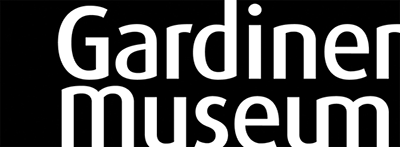18th Century European Porcelain

In the late seventeenth century, “porcelain fever” broke out in Europe. Princes and wealthy merchants were consumed by the passion to collect and use Asian porcelain. Imported porcelain from China and Japan was expensive and was perceived as a tangible sign of prestige and taste.
It was only after many experiments that porcelain was made in Europe.
Two types of porcelain were made in Europe: high-fired “hard paste” porcelain, first made in China and later in Europe, which contained kaolin, and low-fired “soft-paste” porcelain which did not. All porcelain is white, translucent and resonant; hard-paste porcelain and some varieties of soft-paste can withstand the thermal shock of boiling liquids.
In the 1680s, experiments led to the first commercially viable manufactory of soft-paste porcelain in Europe at Saint-Cloud, outside Paris. It was only after extensive experiments in Saxony by an alchemist, Johann Friedrich Böttger, and a physicist, Ehrenfried Walther von Tschirnhaus, that the first European hard-paste porcelain was made, resulting in the founding of the Meissen porcelain manufactory in 1710.
Soft-paste porcelain manufactories were established in France, England, Italy and Spain in the mid-eighteenth century, but eventually the technology of hard-paste porcelain spread and became dominant in continental Europe.
18th Century European Porcelain Collections:













